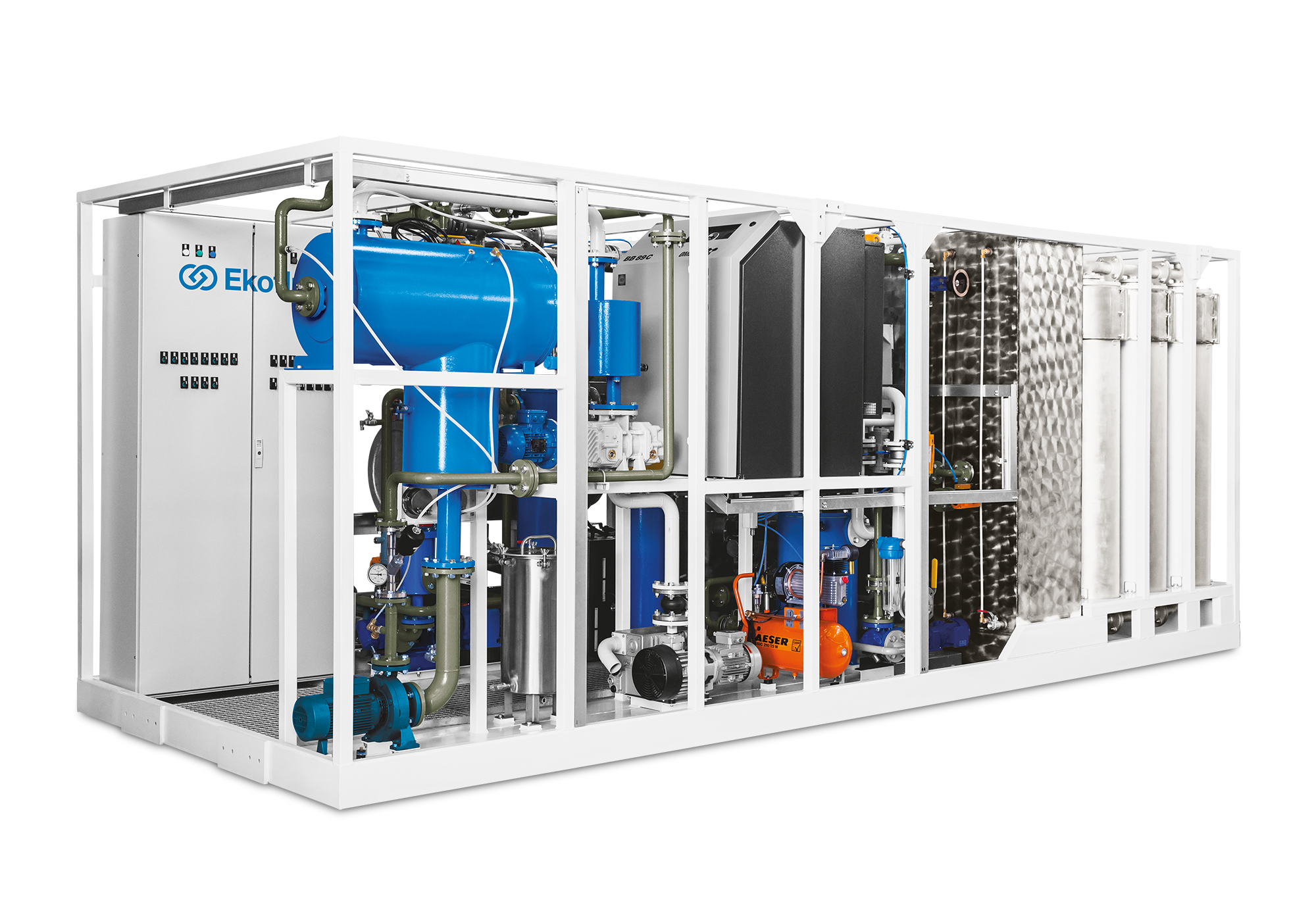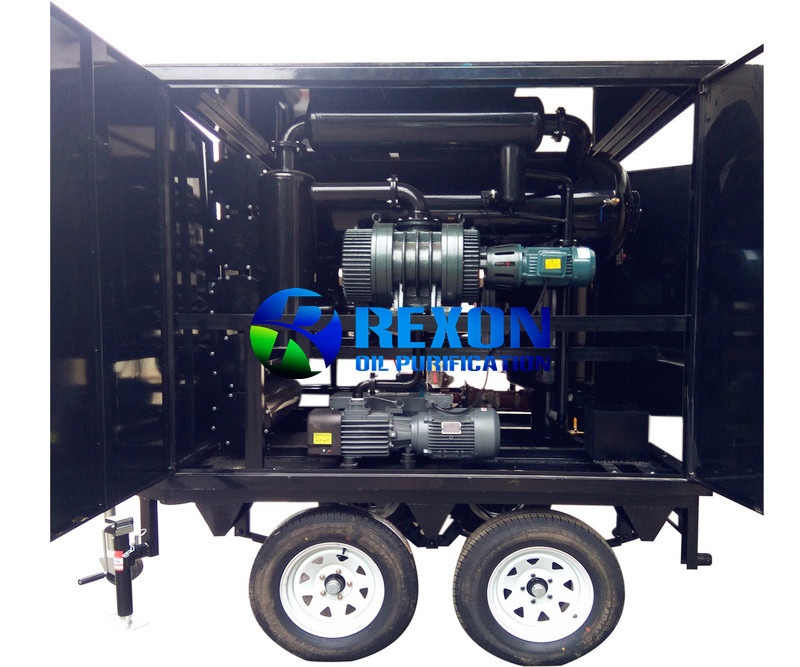Key Steps in the Regenerated Transformer Oil Treatment Process
Key Steps in the Regenerated Transformer Oil Treatment Process
Blog Article
Exactly How Regenerated Transformer Oil Extends Transformer Life-span
The role of transformer oil is important in ensuring the integrity and longevity of transformers, serving as both an insulator and coolant. Regenerated transformer oil offers a compelling solution to boost these functions by effectively removing hazardous pollutants that jeopardize performance.
Relevance of Transformer Oil
Transformer oil plays an essential role in the efficient operation of electric transformers. It largely offers as a shielding tool, stopping electrical discharges and guaranteeing that components operate securely under high voltage conditions. The oil's dielectric residential or commercial properties are essential to preserving the integrity of the transformer, as they decrease the threat of failures that could result in disastrous events or costly downtimes.
Along with its shielding capabilities, transformer oil additionally functions as a coolant. As transformers run, they produce warmth that needs to be dissipated to stop overheating and subsequent damages. The oil distributes within the transformer, moving and taking in heat far from vital components, therefore preserving optimum operating temperature levels.
Additionally, transformer oil acts as an obstacle against wetness and contaminants, which can endanger the performance and durability of the transformer. Its chemical buildings assist in counteracting acids and other by-products that might form with time, contributing to the total health of the electrical system.
Advantages of Regenerated Oil

Additionally, regenerated transformer oil has a lower degree of contaminations, including particles and pollutants that can degrade performance. This pureness not just boosts the oil's thermal conductivity but also prolongs the functional life-span of transformers by reducing overheating risks. The enhanced thermal stability of regrowed oil makes certain consistent performance even under high operating temperatures, which is important for preserving transformer performance.
Another benefit is its environmental effect. Regrowed oil promotes sustainability by decreasing waste and the requirement for brand-new oil manufacturing, therefore lowering the carbon impact connected with transformer upkeep. Reclaimed Transformer Oil. Additionally, the longevity of regenerated oil translates to reduced upkeep expenses gradually, as less oil changes and less frequent equipment downtime are needed.
Process of Oil Regeneration
The regrowth of transformer oil entails a systematic procedure made to bring back the oil's original homes and enhance its efficiency. This procedure generally starts with the elimination of the utilized oil from the transformer, which is then based on numerous purification techniques.
The initial step in the regrowth process is the filtering, where solid impurities such as sludge, metal, and dirt fragments are removed. This is commonly followed by vacuum cleaner distillation, which aids to eliminate wetness and unstable substances, consequently improving the oil's dielectric stamina.

Effect On Transformer Efficiency
Recovering the residential properties of regenerated transformer oil significantly affects the total performance of transformers. Boosted dielectric stamina is one of the most essential benefits, as visit the site it permits far better insulation and reduces the probability of electrical breakdown. This enhancement leads to an extra secure operation under high voltage conditions, eventually causing increased efficiency.
Furthermore, the elimination of impurities and destruction products throughout the regrowth procedure minimizes the risk of overheating. Cleaner oil assists in far better heat dissipation, which is vital for preserving ideal operating temperature levels. Therefore, the thermal efficiency of the transformer is boosted, permitting for greater loads without compromising reliability.
Furthermore, the chemical stability of restored oil ensures prolonged operational life. It resists oxidation and degradation, reducing the frequency of maintenance interventions and oil replacement. This stability not only adds to boosted efficiency yet likewise lines up with sustainability goals by minimizing waste.
Future of Transformer Maintenance
As advancements in modern technology remain to improve the landscape of electric design, the future of transformer maintenance is positioned for substantial improvement. The combination of wise innovations, such as IoT sensors and anticipating analytics, makes it possible for real-time surveillance of transformer health, enhancing the capacity to preemptively attend to problems prior to they escalate right into major failures. This aggressive technique not only optimizes operational efficiency yet likewise extends the life-span of transformers.
Additionally, the application of synthetic intelligence (AI) in information analysis permits even more precise mistake detection and medical diagnosis. By official statement leveraging maker knowing formulas, upkeep groups can determine patterns in functional information that human analysts may ignore, leading to even more enlightened decision-making.
In addition, the adoption of green methods, including making use of regenerated transformer oil, is established to redefine upkeep protocols. This sustainable technique not just lessens environmental impact yet also enhances the general wellness of the transformer.
Finally, the change in the direction of automation in upkeep procedures is anticipated to streamline operations, minimize downtime, and reduced prices. As these developments remain to advance, the future of transformer upkeep will undoubtedly end up being a lot more effective, trusted, and lasting, ensuring the integrity of important electrical infrastructure.
Conclusion
The use of straight from the source regenerated transformer oil considerably improves the operational long life of transformers. Inevitably, the adoption of regrowed oil represents a crucial development in transformer upkeep, ensuring optimum performance and sustainability in the administration of electrical framework.
The function of transformer oil is vital in ensuring the integrity and durability of transformers, serving as both an insulator and coolant.Transformer oil plays an essential duty in the effective procedure of electrical transformers. Restored oil promotes sustainability by reducing waste and the need for brand-new oil production, thus reducing the carbon footprint associated with transformer upkeep.Restoring the properties of regenerated transformer oil dramatically influences the overall efficiency of transformers.The usage of regenerated transformer oil dramatically enhances the functional long life of transformers.
Report this page